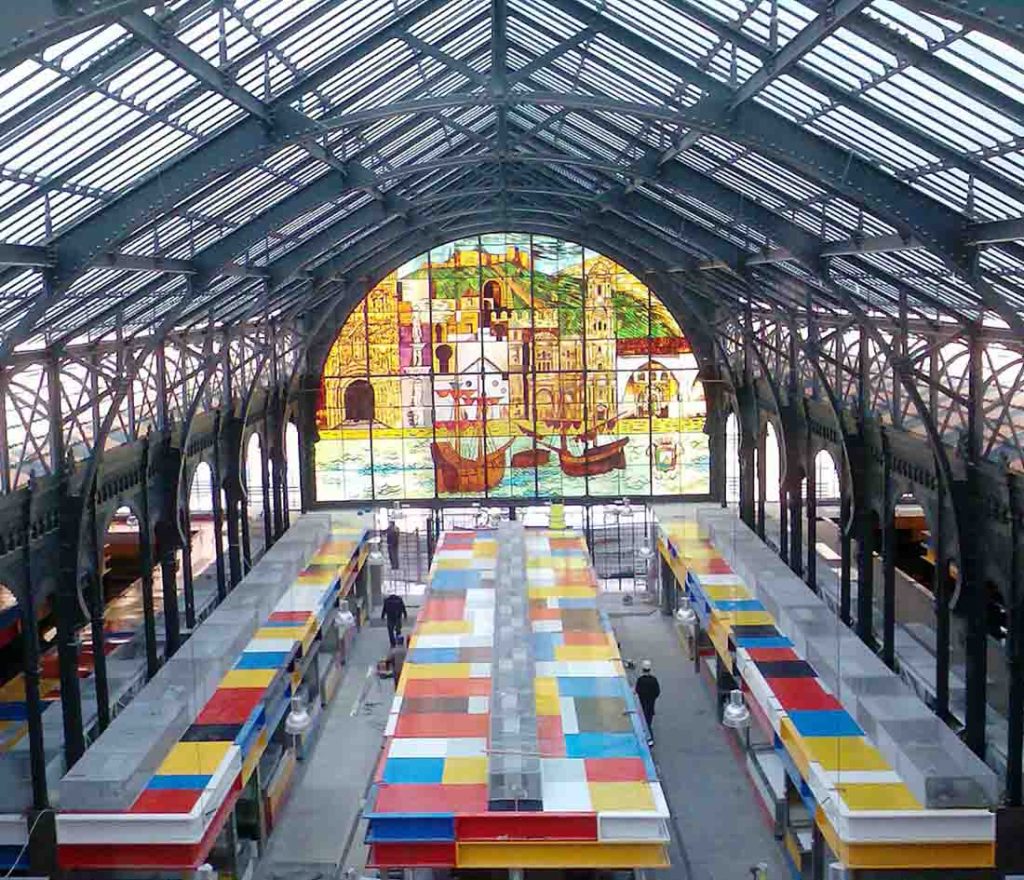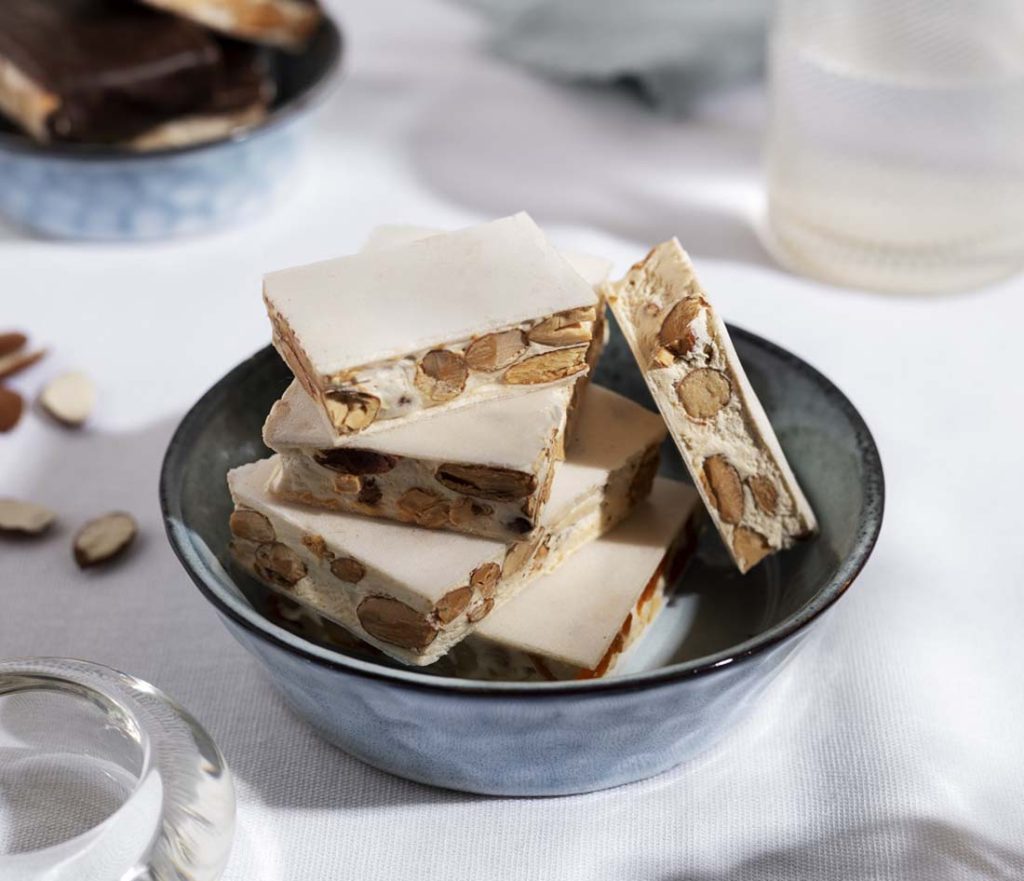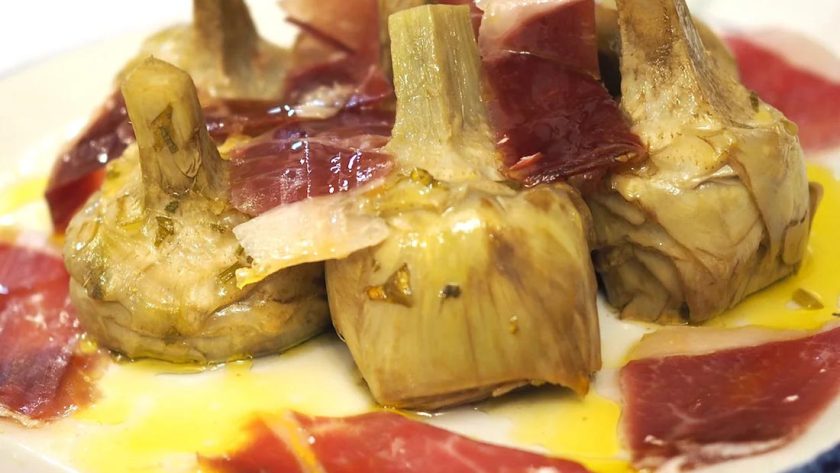When people think of Málaga, the first images that usually come to mind are sun-drenched beaches, Moorish architecture, and vibrant art museums celebrating Picasso’s legacy. Yet, for passionate food travelers, Málaga is equally — if not more — enticing because of its deeply rooted culinary culture. This southern Spanish city, nestled on the Costa del Sol, is a paradise for anyone eager to explore a cuisine that beautifully balances tradition with innovation.
In this foodie travel guide, we’ll embark on a curated route through Málaga’s neighborhoods, restaurants, tapas bars, and markets to uncover the flavors that define the city. Whether you’re after sizzling seafood, rustic Andalusian stews, or creative tapas with a modern twist, Málaga has something that will make your palate dance.
Why Málaga is a Food Lover’s Dream
Málaga’s cuisine is shaped by geography, history, and culture. With the Mediterranean Sea at its doorstep, seafood dominates local menus, from freshly grilled sardines to tuna delicacies. The fertile Andalusian lands supply an abundance of olives, almonds, and citrus fruits. Historically, Moorish, Roman, and Spanish influences have layered spices, cooking methods, and culinary rituals into what we now consider Málaga’s signature taste.
The food here is more than nourishment; it’s an identity. Locals embrace long lunches, shared tapas plates, and a strong connection between food and social life. Dining out isn’t a rushed activity but an invitation to savor flavors, conversations, and community.
Stop 1: Mercado Central de Atarazanas — The Beating Heart of Local Flavors
Every foodie’s journey in Málaga should begin at Mercado Central de Atarazanas, the city’s central market. Housed in a stunning 19th-century building with a Moorish horseshoe arch and colorful stained-glass windows, this market is a feast for the senses.
Here, locals buy their daily produce, and visitors can experience the city’s culinary pulse. The stalls overflow with glossy olives, wheels of Manchego cheese, jamón ibérico carved to order, and baskets of figs, almonds, and citrus fruits. Seafood lovers will be mesmerized by the glistening displays of anchovies, clams, shrimp, and octopus pulled fresh from the Mediterranean.
Tip: Don’t just look — taste. Many stalls offer small bites of cured meats, cheeses, or fried fish. Grab a tapa, order a local vermouth, and soak in the vibrant atmosphere.

Stop 2: The Classic Tapas Trail in the Old Town
Málaga’s historic center is a labyrinth of narrow streets, each corner hiding a bar or tavern serving traditional tapas. Tapas are not just small plates — they are a lifestyle. On this route, consider hopping between several well-known establishments to experience the range of what the city has to offer.
- El Pimpi: This legendary bodega is more than just a restaurant; it’s an institution. Its walls are adorned with photos of celebrities who have dined here, but the real stars are the dishes — from local cured hams to regional wines served straight from the barrel. Try the berenjenas con miel (fried eggplant drizzled with molasses), a sweet-and-savory Andalusian classic.
- Casa Lola: Bright, casual, and beloved, this spot is perfect for sampling skewers of marinated meats, croquettes, and anchovies. Pair your tapas with a crisp glass of Málaga’s white wine, and you’ll understand why locals keep coming back.
- Mesón Mariano: Known for artichoke dishes, this traditional tavern serves hearty Andalusian fare in a rustic setting. Their rabo de toro (oxtail stew) is deeply comforting, rich with slow-cooked flavor.
By the end of your tapas trail, you’ll realize that eating in Málaga is as much about the atmosphere as it is about the food — lively conversations, laughter, and the clinking of glasses echo through every bar.
Stop 3: Espetos on the Beach — A Málaga Icon
One of Málaga’s most iconic culinary experiences can be found along its coastline: espetos, skewered sardines grilled over open wood fires right on the beach. The practice dates back to fishermen cooking their catch over sandpit fires, and today, many beachside “chiringuitos” (casual seafood restaurants) continue the tradition.
The ritual is simple but profound. Sardines are skewered, seasoned with sea salt, and grilled over olive wood until smoky and tender. Served hot and eaten with your hands, they capture the very essence of Málaga — fresh, unpretentious, and deeply tied to the sea.
Other seafood delights often accompany espetos, such as boquerones fritos (fried anchovies), clams cooked in white wine, and grilled cuttlefish. For a true local experience, head to the neighborhood of El Palo, where chiringuitos line the shore.
Stop 4: Málaga’s Sweet Tooth — Wine and Dessert Pairings
Málaga is famous for its sweet wines, particularly Moscatel and Pedro Ximénez, which have been produced in the region for centuries. Visiting a traditional wine cellar is a must for anyone who enjoys pairing food with drink.
At bodegas across the city, you can sample these amber-colored wines alongside local desserts such as:
- Tarta malagueña: A rich almond cake often flavored with figs and raisins.
- Roscos de vino: Sweet wine-flavored pastries dusted with sugar.
- Turrón: A nougat treat commonly enjoyed across Spain but with local variations in Málaga.

These indulgences are perfect for a late-afternoon break when you want to slow down and savor the sweeter side of Andalusian cuisine.
Stop 5: Fine Dining and Modern Andalusian Cuisine
While tradition is strong, Málaga also embraces modern culinary innovation. Several chefs are reinterpreting Andalusian classics with contemporary flair, making the city a rising star in Spain’s fine dining scene.
- Restaurante José Carlos García: Located at Muelle Uno, this Michelin-starred restaurant takes local ingredients and elevates them into stunning tasting menus. Expect dishes like red shrimp tartare, innovative takes on gazpacho, and desserts inspired by Málaga’s landscapes.
- Kaleja: A modern restaurant that highlights fire-based cooking techniques, bringing depth and smokiness to reinvented Andalusian dishes.
These experiences demonstrate how Málaga is balancing tradition with avant-garde creativity, appealing to foodies who seek both comfort and surprise.
Stop 6: Beyond the City — Day Trips for Food Lovers
If you have extra time, exploring Málaga’s surrounding areas opens even more culinary doors:
- Ronda: Known for wineries producing exceptional Andalusian reds and fortified wines.
- Axarquía: Famous for its tropical fruits like mangos and avocados, along with Muscatel vineyards.
- Antequera: A place to try traditional molletes, soft bread rolls perfect for breakfast with olive oil and tomato.
These excursions add depth to your culinary journey, highlighting how Málaga is connected to a wider regional food culture.
Insider Tips for a Perfect Culinary Journey
- Timing matters: Locals eat lunch later in the day, often starting around 2 p.m., and dinner rarely before 9 p.m. Plan accordingly to avoid empty restaurants or long waits.
- Don’t over-order: Tapas culture is about trying small portions at multiple places. Sample one or two dishes at each stop.
- Pair food with local drinks: Málaga is not just about wine; try local vermouths, craft beers, and even refreshing tinto de verano (red wine mixed with soda).
- Embrace seasonal produce: Menus change depending on what’s fresh. Be open to trying dishes you’ve never heard of — they may be the highlight of your trip.
Savoring Málaga One Bite at a Time
A culinary journey through Málaga is not just about food; it’s about embracing a way of life that has been passed down for generations. This sun-kissed city thrives on a rhythm where meals are not rushed, but celebrated. From the bustling energy of Atarazanas Market to the smoky espetos on the beach, from traditional tapas taverns hidden in cobblestone alleys to Michelin-starred innovation along the waterfront, every stop on this route tells a story of heritage, flavor, and community.
Walking through Málaga, you quickly realize that eating here is not just about satisfying hunger — it is about connecting. The market vendors who proudly display their olives and anchovies are storytellers as much as merchants, sharing family traditions that date back centuries. The beachside chefs who carefully skewer sardines over open flames are keeping alive a custom that links the present to Málaga’s fishing past. Even the avant-garde chefs in modern restaurants pay homage to these roots, blending old-world ingredients with contemporary creativity to shape the future of Andalusian cuisine.
For food lovers, Málaga is more than a destination — it’s an invitation to taste, to share, and to discover. Each tapa, each sip of local wine, each bite of almond cake becomes a thread woven into a larger cultural fabric. Dining here encourages travelers to slow down, linger at the table, and savor not only the food but also the conversations and connections that naturally unfold.
By the end of your journey, you’ll carry not just memories of flavors but also a deeper connection to the culture that created them. Málaga teaches us that food is a bridge: between land and sea, past and present, locals and visitors. To savor Málaga one bite at a time is to embrace this philosophy fully — to discover a city where every meal is an experience, every dish a story, and every flavor a piece of its soul.



